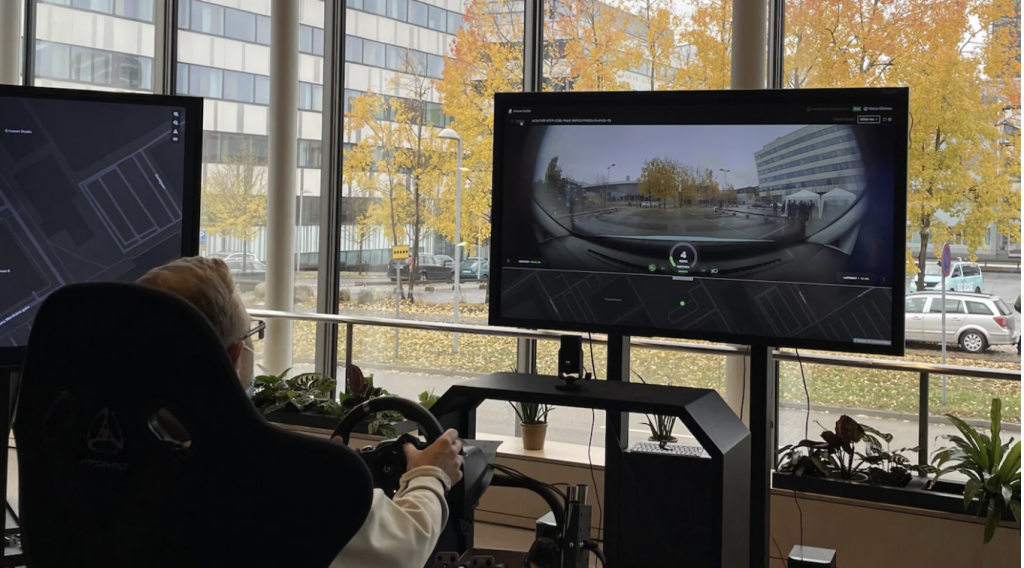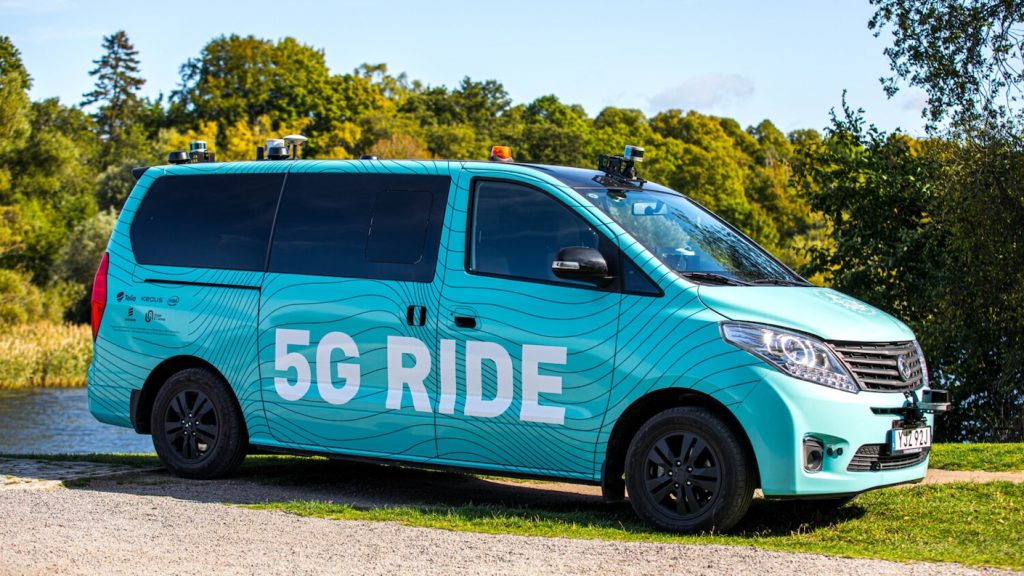The Ericsson-backed 5G Ride self-driving bus project has moved closer to full operations following a successful trial of remote digital monitoring and on-board digital safety services near Ericsson’s company headquarters in Kista, Stockholm, Sweden.

The project has successfully trialed new safety features which explore how 5G and remote monitoring of vehicles via control towers could help to facilitate the introduction of self-driving electric buses in urban environments in a safe way.
A collaboration between Ericsson, Urban ICT Arena, Intel, Keolis, T-Engineering and Telia, the project debuted in September 2020 with the inauguration of a temporary bus route on the island of Djurgården, Stockholm.
Throughout 2021, the project partners continued to develop the Connected Control Tower concept, using a 5G connection and a combination of new digital safety features, to monitor and manage fleets of self-driving vehicles on public roads, as well as enhance the safety and security of passengers onboard.
As part of the project the partners recently conducted tests using the self-driving 5G Ride electric minibus in Kista, Stockholm.

Ericsson provided the technical solution for the 5G-connected control tower and Telia provided connectivity in collaboration with Ericsson. Intel focused on analytics in the bus for increased passenger safety. T-Engineering delivered the vehicle and self-driving technology, working closely with Ericsson to integrate the minibus with the control tower. The initiative is also backed by Vinnova and Drive Sweden.
The project’s ambition is to support efficient and sustainable public transport where operators in the control tower can manage fleets of autonomous, electric vehicles to improve traffic planning and route optimization. This will lead to a more cost-effective and environmentally smart transport system.
This concept is one of many new safety features which are being investigated in the latest trials. Another concept is the use of artificial intelligence to analyze data from onboard sensors, with the ambition to proactively alert control tower operators in potential emergency situations, or even to identify forgotten passenger objects.
In addition to working with the journey on board, the project has also made progress in developing the integration between the control tower and the bus. The vehicle is connected to the control tower through a high-performance 5G network, enabling real-time communication between both the self-driving bus and the central control tower. For example, operators in the control tower can remotely command and even control the vehicle if necessary.
Marcus Gårdman Lead Design Technologist, Ericsson, says: “The 5G network’s unique technical features, including extremely high data speeds combined with low latency, means that the connected buses can respond in real time to commands from the centralized control tower. This delivers a critical and powerful foundation for the safe and secure remote-control of vehicles and is an important step to manage buses and public transport in a smart and sustainable way.”

